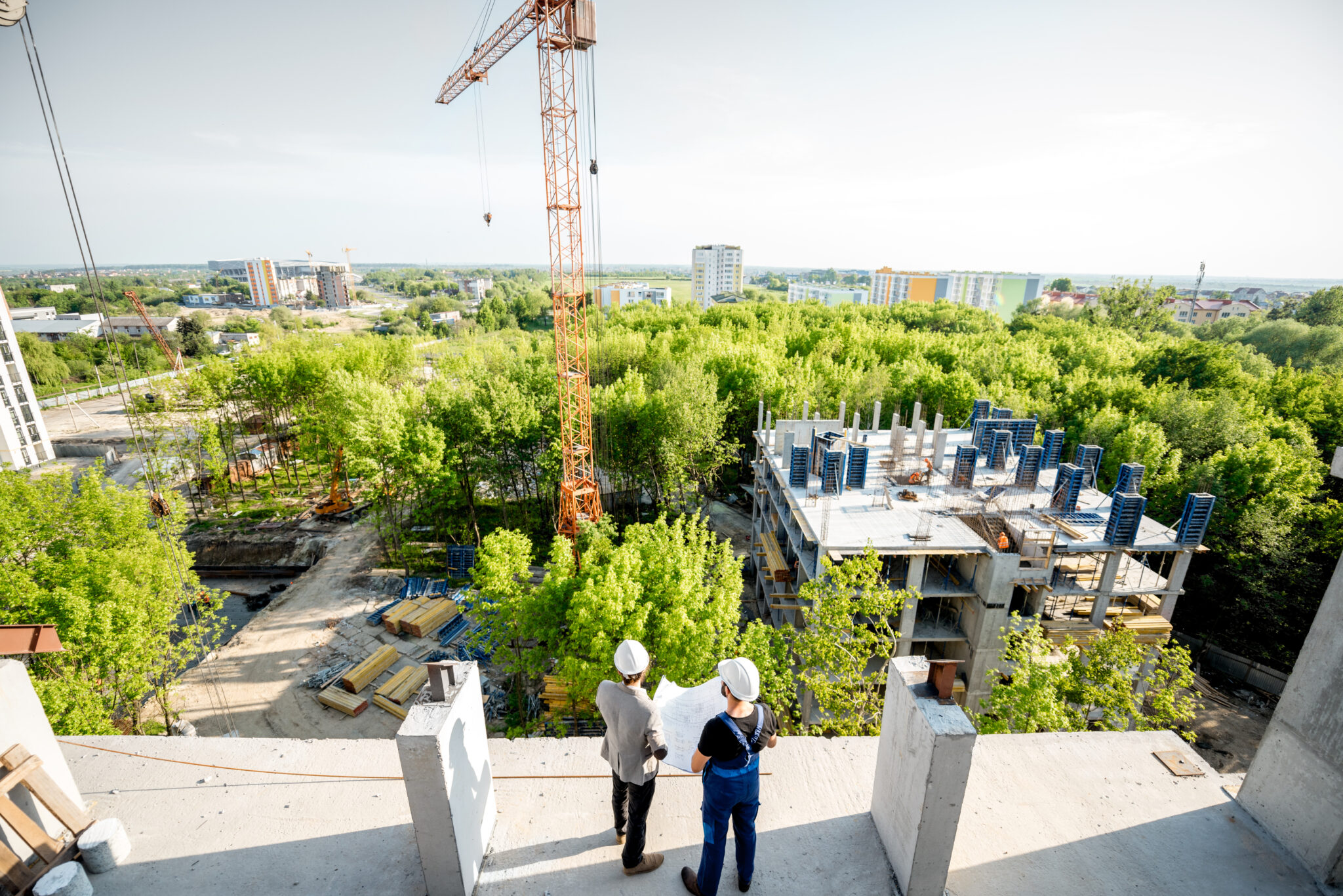Sulfur Dioxide Reduction and Carbon-Neutral Concrete Production
Pollution and poor air quality present many health risks to the population around the world. Approximately 5-7% of global gas emissions are produced by cement manufacturers. Sulfur dioxide and carbon dioxide, two of the main contributors to air pollution, can be reduced thanks to technological advancements in the concrete industry. New research shows that sulfur dioxide can be removed from the air by concrete surfaces, new techniques are being developed to make cement manufacturing carbon-neutral, and more.
Explore 12 Futuristic Technology Trends Solving Concrete's Biggest Challenges.
How Advancements and Smart Technology Can Help Reduce Air Pollution
Sulfur Dioxide Reduction
Researchers at Stony Brook University revealed that sulfur dioxide is removed from the air by concrete surfaces. Elements present in concrete interact with and eliminate sulfur and nitrogen oxides present in the air. Although the capacity for concrete to absorb sulfur dioxide diminishes over time, researchers also found that the new surfaces produced by crushing concrete help restore its pollution-removing properties.
Dr. Orlov, Associate Professor of Materials Science and Chemical Engineering in the College of Engineering and Applied Sciences, and a faculty member of the Consortium for Inter-Disciplinary Environmental Research at Stony Brook University, states that his team’s “findings open up the possibility that waste concrete coming from building demolitions can be used to adsorb pollutants [from the air.]”
Carbon-Neutral Concrete Production
In terms of CO2 reduction, scientists are developing methods for capturing carbon dioxide produced during the cement manufacturing stages and recombining it with calcium hydroxide to recreate limestone. This technique creates a closed cycle that eliminates the release of carbon dioxide in the air. This method also requires about 50 percent less heat as there is no need for heat to ensure the formation of tricalcium silicate.
Solidia Technologies, a cement and concrete technology company, has developed cement and concrete that reduces the carbon footprint of concrete by up to 70%, fuel consumption by 30%, and water use by up to 80%. Other companies like CarbonCure are creating carbon regenerative concrete with the goal to heal rather than harm the planet.
Smog-Eating Concrete
The Palazzo Italia features not only incredible architecture but equally, if not even more amazing engineering. The six-floor building located in Milan, Italy is enveloped in biodynamic concrete panels developed to reduce smog levels by transforming air pollution into inert salts which are washed away by rainfall and are not harmful to the environment. Interesting Engineering states that “if only 15% of buildings in Milan were covered in the concrete, it would reduce air pollution by half!” The building is also capable of entirely covering its own energy needs, further cutting down on its carbon footprint.
Smart Temperature Monitoring Sensors
With the use of wireless concrete temperature and humidity monitoring sensors that deliver data in real-time, such as SmartRock, contractors can reduce time and resources on the construction site. This reduction ultimately decreases a project’s carbon footprint and CO2 emission rates. More so, the ability to connect your concrete temperature sensors directly to your smartphone or tablet eliminates the need for extra technology in a time when electronic waste, which is hazardous, flammable, corrosive, and contaminates water and landfills, is booming.








